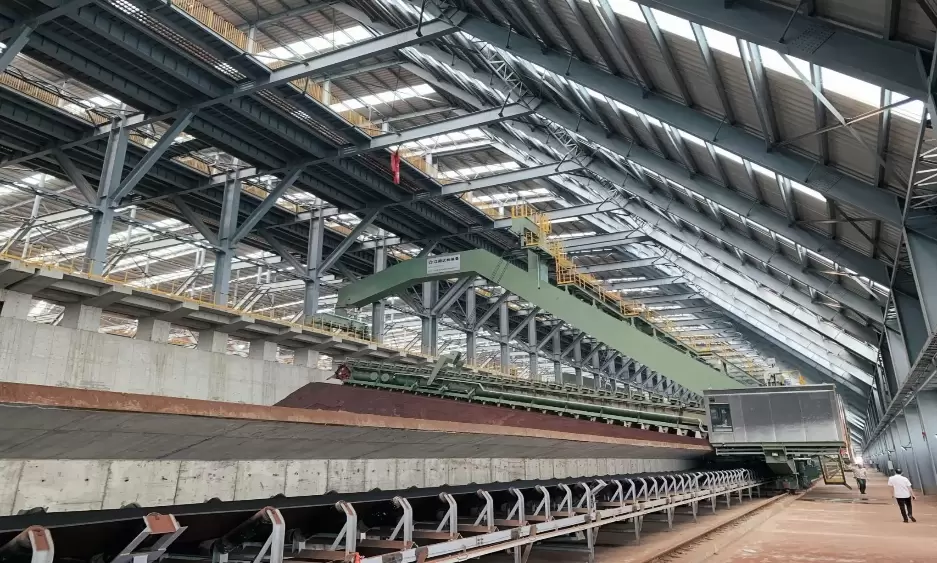Choosing the Right Air Compressor Size for Optimal Plasma Cutter Performance
When it comes to operating a plasma cutter, having the right air compressor size is crucial for achieving optimal performance. In this blog post, we will delve into the factors that determine the size of the air compressor needed for a plasma cutter, ensuring that you have the necessary knowledge to make an informed decision.
- Understanding Plasma Cutters:
Before determining the air compressor size, it is essential to have a basic understanding of plasma cutters. Plasma cutters use a high-velocity jet of ionized gas to cut through various types of metal. The plasma arc requires a steady and sufficient supply of compressed air to function effectively. - Factors Influencing Air Compressor Size:
Several factors come into play when determining the appropriate air compressor size for a plasma cutter:
a. Required Air Pressure: Different plasma cutters have varying air pressure requirements. It is crucial to consult the manufacturer's specifications to determine the minimum air pressure needed for your specific plasma cutter model.
b. Consumable Type and Thickness: The type and thickness of the metal being cut also affect the air compressor size. Thicker metals require higher air pressure and flow rates to maintain a stable plasma arc.
c. Duty Cycle: The duty cycle of a plasma cutter refers to the amount of time it can operate continuously within a specific time frame. Higher duty cycles require larger air compressors to ensure consistent airflow.
d. Air Flow Rate: The air flow rate, measured in cubic feet per minute (CFM), is another critical factor. Plasma cutters have specific CFM requirements, which must be met to maintain optimal performance.
- Calculating Air Compressor Size:
To determine the appropriate air compressor size, follow these steps:
a. Identify the plasma cutter's CFM requirement: Check the manufacturer's specifications or user manual to find the recommended CFM for your plasma cutter.
b. Consider the duty cycle: If your plasma cutter has a high duty cycle, consider selecting an air compressor with a larger tank capacity to ensure a continuous supply of compressed air.
c. Account for other air tools: If you plan to use other air tools simultaneously, factor in their CFM requirements and add them to the plasma cutter's CFM requirement.
d. Calculate the total CFM requirement: Add the CFM requirements of the plasma cutter and any additional air tools to determine the total CFM needed.
- Sizing the Air Compressor:
Once you have calculated the total CFM requirement, you can choose an air compressor with a suitable capacity. It is recommended to select an air compressor with a CFM rating slightly higher than the calculated total CFM requirement to account for any fluctuations or future tool additions.
Conclusion:
Selecting the right air compressor size is crucial for ensuring optimal performance of your plasma cutter. By considering factors such as required air pressure, consumable type and thickness, duty cycle, and air flow rate, you can accurately determine the appropriate air compressor size. Remember to consult the manufacturer's specifications and calculate the total CFM requirement to make an informed decision. With the right air compressor, you can achieve precise and efficient metal cutting with your plasma cutter.

